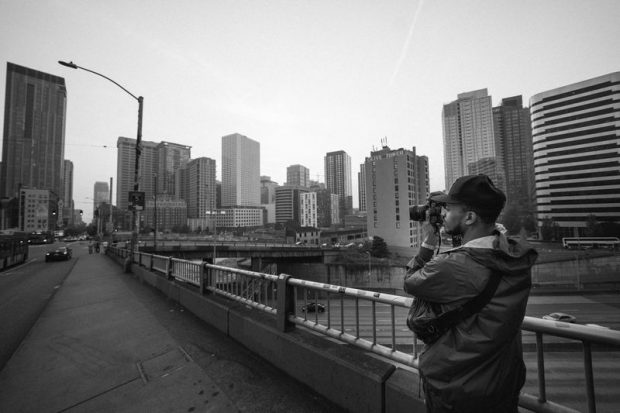The Ultimate Guide To Framing Streets
Everything about Framing Streets
Table of Contents8 Easy Facts About Framing Streets ExplainedThe Ultimate Guide To Framing StreetsWhat Does Framing Streets Mean?The Definitive Guide to Framing StreetsFraming Streets - An OverviewThe 9-Second Trick For Framing Streets
, normally with the objective of catching images at a definitive or poignant moment by careful framework and timing. https://www.mixcloud.com/framingstreets1/.
Things about Framing Streets
Susan Sontag, 1977 Street digital photography can concentrate on people and their habits in public. In this regard, the road photographer is similar to social documentary digital photographers or photographers that also work in public locations, however with the purpose of recording relevant occasions. Any one of these photographers' images may capture people and building visible within or from public locations, which commonly involves browsing honest issues and legislations of personal privacy, security, and building.
Representations of day-to-day public life create a category in nearly every duration of world art, beginning in the pre-historic, Sumerian, Egyptian and early Buddhist art periods. Art managing the life of the road, whether within views of cityscapes, or as the leading theme, appears in the West in the canon of the North Renaissance, Baroque, Rococo, of Romanticism, Realistic look, Impressionism and Post-Impressionism.
Framing Streets - Questions
Louis Daguerre: "Boulevard du Holy place" (1838 or 1839) In 1838 or 1839 the initial photograph of numbers in the road was tape-recorded by Louis-Jacques-Mand Daguerre in among a set of daguerreotype views taken from his workshop home window of the Boulevard du Temple in Paris. The 2nd, made at the elevation of the day, reveals an uninhabited stretch of street, while the other was taken at concerning 8:00 am, and as Beaumont Newhall reports, "The Boulevard, so frequently loaded with a moving throng of pedestrians and carriages was perfectly solitary, other than an individual who was having his boots combed.
, who was influenced to undertake a similar paperwork of New York City. As the city developed, Atget aided to promote Parisian streets as a worthy topic for photography.

Framing Streets Fundamentals Explained
Andre Kertesz.'s commonly admired Images la Sauvette (1952) (the English-language edition was titled The Crucial Minute) advertised the idea of taking a picture at what he termed the "crucial minute"; "when type and web content, vision and make-up combined article into a transcendent whole" - vivian maier.
How Framing Streets can Save You Time, Stress, and Money.
The recording machine was 'a concealed video camera', a 35 mm Contax hidden underneath his layer, that was 'strapped to the breast and attached to a long cord strung down the ideal sleeve'. However, his job had little contemporary influence as because of Evans' level of sensitivities about the creativity of his project and the personal privacy of his subjects, it was not released until 1966, in the book Several Are Called, with an introduction composed by James Agee in 1940.
Helen Levitt, then an instructor of children, associated with Evans in 193839. She documented the transitory chalk illustrations - Street photography hashtags that became part of kids's road culture in New York at the time, as well as the kids that made them. In July 1939, Mo, MA's brand-new digital photography area included Levitt's operate in its inaugural exhibitRobert Frank's 1958 publication,, was substantial; raw and frequently out of focus, Frank's pictures questioned traditional digital photography of the moment, "challenged all the formal guidelines put down by Henri Cartier-Bresson and Walker Evans" and "contradicted the wholesome pictorialism and genuine photojournalism of American publications like LIFE and Time".